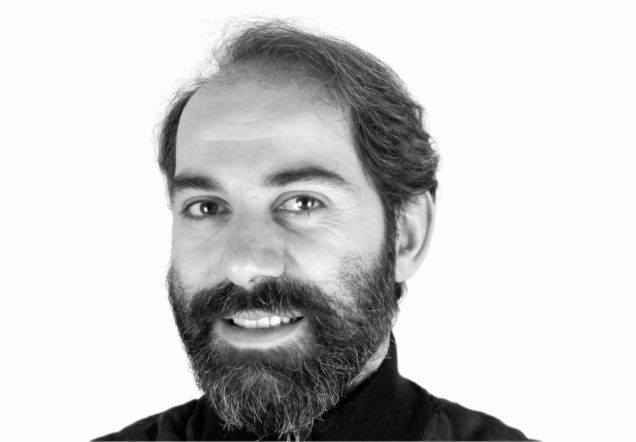
“A secure society to me is one that has independent and government-free internet,” says Iranian press cartoonist Kianoush Ramezani. “A society that can guarantee freedom of expression. So I’m free to express myself, and I’m also secure afterwards. I’m not going to receive any threats. Freedom of expression, and also freedom after expression.”
Kianoush Ramezani knows what it’s like to be threatened. And he lives in exile from a country with heavy internet censorship. Now living in Paris, social media have become his main stage and means of communication. So it’s not surprising that he should name free internet as a prerequisite for a secure society. In fact, he goes further.
“For thousands of bloggers and activists in exile, social media are the only media we have. If they seriously believe in freedom of speech, the social networks should actively promote us. I can’t afford to promote my work with Google or Facebook ads. There should be some exceptions, some special programme to promote freedom of expression.” (Article continues below video)
Cartooning, the Art of Danger: Kianoush Ramezani at TEDxHagueAcademySalon
Enemies
Ramezani founded Iran’s first independent cartoonists’ association in 1997. “I was obsessed with connecting the independent cartoonists of Iran with the rest of the world,” he says. “I was trying to break the monopoly of the pro-government cartoon organisation which had existed since the beginning of the Islamic revolution.”
The threats began after Ramezani became the Iranian leader of Cartoonists Rights Network International. “This gave me a louder voice outside of Iran, but definitely brought me fresh enemies too,” he says.
Ramezani received a phone call from a fellow cartoonist – the head of the pro-government cartoonists’ organisation – threatening that he could expect to face accusations and jail if he continued his work. Merely being associated with international human rights organisations was a risk. Ramezani began to keep his cartooning career a secret.
Escape
Until 2009 Ramezani avoided alignment with any political movement, but that changed after the mass protests following the disputed re-election of president Mahmoud Ahmadinejad. “I was impressed by the bravery of young people who took to the streets to defend their votes. This motivated me to support them.”
He hung out in cafés or galleries that exhibited his cartoons, in the company of activists, cartoonists, and bloggers. But then he began hearing that friends were being picked up by the police. “People were arrested for no reason, to create fear, to prevent people from taking to the streets again.”
Ramezani realised he had two options: stay in Iran and go to prison, or escape and go on with his work. “The risk of being accused or imprisoned or tortured forced me to choose exile.” He fled to France, where he claimed asylum.
Freedom after expression?
It was a struggle to build a life in Paris. He stayed in accommodation provided by Reporters Without Borders, and blew a grant from Freedom House on French lessons. The unfamiliar freedom he saw around him inspired Ramezani to mount an international press cartoon exhibition on the theme of exile.
But now in exile, his main medium is the internet - his website and social media. Living in exile keeps him glued to the computer. Online he publishes his critical cartoons, stays in contact with activists and fellow exiles, and passionately persists in his campaign for freedom of expression.
